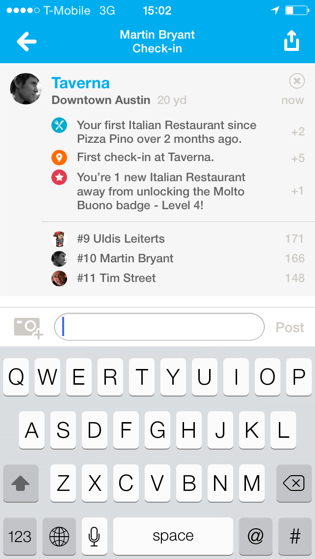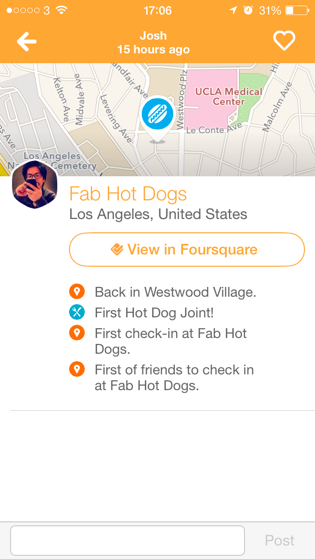As shopping went online, a lot of the fun, interactive, and social experiences of shopping disappeared. However, it opened up a whole new world of other fun and exciting activities that could make shopping even more addictive than ever – except this time within the comforts of my home, and I can achieve my win-states much more often.
There is where e-Commerce Gamification comes in place. Who doesn't love a little extra fun while shopping? Gamification applies basic game thinking and game mechanics to a non-gaming context. Many gamification models reward users for participating, completing defined user tasks, or achieving goals. Here I provide you with 3 examples that I personally love (read: fall into) and I wish more brands, and even companies do.
For LinkedIn, its product is only as good as the quality of the data that its members upload.
So to encourage users to maintain accurate profiles it gives you a different status based on the amount of data you’ve included. Personally I’m an All-Star, but there’s still room for improvement and my competitive nature cannot stop but desperately try to find out how I can fill that tiny little white space at the top!
This is obviously only a small feature, but it’s one that could be implemented on e-commerce sites to encourage customers to part with more personal data, especially when that data is where your product and thus revenue is based on.
Dropbox
Cloud storage supplier Dropbox has included an element of gamification in its platform by offering additional storage space if users complete certain tasks.
A free account gives you access to 2GB of storage, but you can earn an extra 250MB just by taking a tour of Dropbox’s services.

There’s also 125MB up for grabs for connecting your account to either Twitter or Facebook, following Dropbox on Twitter or leaving feedback.
But the biggest rewards are reserved for referring friends just like credit card referrals – 500MB for each referral up to a maximum of 16GB.
Foursquare
It was a good feeling to get points for going about your daily life before Foursquare replaced itself with Swarm, which omit the points system. Take a look at the two screenshots below – one from Foursquare (with points) and one from Swarm (without). You may ask "who cares?", but it was fun to me and it puts a smile on me when my weekly check-in score puts me on top of the leaderboard among my friends.
As you can see, Swarm still has the ‘fun facts’ about check-ins, but it lacks the points and the leaderboard.
Again, user data fuels the product. LinkedIn and Foursquare rely on their users diligently either update their profiles or checking in wherever they go so they can prove out their business model to investors.



No comments:
Post a Comment